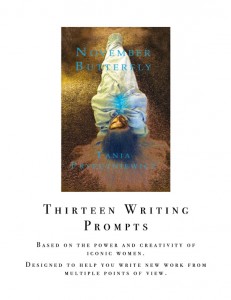 This November marks the two-year anniversary of the publication of my first poetry collection, November Butterfly. I’ve just finished a 15 page companion prompt PDF titled, November Butterfly: Thirteen Writing Prompts Based on the Power and Creativity of Iconic Women Designed to Help You Write New Work From Multiple Points of View (thanks to generous help from Don Mitchell of Saddle Road Press).
This November marks the two-year anniversary of the publication of my first poetry collection, November Butterfly. I’ve just finished a 15 page companion prompt PDF titled, November Butterfly: Thirteen Writing Prompts Based on the Power and Creativity of Iconic Women Designed to Help You Write New Work From Multiple Points of View (thanks to generous help from Don Mitchell of Saddle Road Press).
Putting my gratitude into action this month, in an attempt to support Saddle Road Press, I am offering the companion prompt PDF for free to anyone buying the Kindle Edition of November Butterfly ($4.99). Don Mitchell and Ruth Thompson create beautiful poetry books and support an entire family of Saddle Road Press authors with hours of work. We do not have any snazzy tech in place, so we’re going with the honor system; contact me directly when you buy the Kindle version and I’ll send you the prompt PDF.
The prompt PDF runs 15 pages and features movie stills with text from the poetry movies I’ve made in collaboration with Robyn Beattie. The prompts are culled from blogposts I wrote one by one when November Butterfly first came out. If you are not in a position to buy the Kindle version, the prompts can be found individually on my website; links are listed on my About page.
Each image is accompanied with writing prompts and links you can use personally to kickstart your own writing. Or if you teach in a classroom, the prompt PDF can easily find application in English classes, writing workshops, multi-media classes, or Women’s Studies classes.
I would love your feedback on using the prompts personally and/or if you decide to use them in a workshop or classroom setting.
I am also re-running the following interview I am so very grateful Jenn Monroe conducted and originally published at Extract(s) at dailydoseoflit on September 28, 2015.
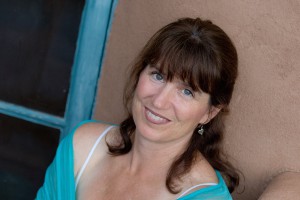 THREE QUESTIONS (TANIA PRYPUTNIEWICZ)
THREE QUESTIONS (TANIA PRYPUTNIEWICZ)
Interview by Jenn Monroe, Sept 28, 2015 dailydoseoflit
We featured an excerpt from Tania Pryputniewicz’s November Butterfly (2014, Saddle Road Press) in May. A graduate of the Iowa Writers’ Workshop, she is the managing poetry editor at The Fertile Source and co-founder of Mother, Writer, Mentor. Recent poetry appeared in the NonBinary Review, Poetry Flash, and Soundings East. Her collaborative micro movies feature poetry paired with the photography of Robyn Beattie and the music of Stephen Pryputniewicz. She teaches online and in-person workshops and blogs at Feral Mom, Feral Writer, Tarot for Two, Mother Writer Mentor, and her main website.
It was my own (and one of our poetry editors) fascination and love for Guinevere that pulled me head first into your poems. What is it about her that attracts you? Why did you feel compelled to tell us more about her story?
My poet friend Jayne Benjulian asked me the same thing when I was firing off Guinevere poem after Guinevere poem to her as I was trying to finish the book. “What sets her apart?” Jayne asked. “Why Guinevere and not someone else?” I answered in the poem, “What Sets Her Apart, Asks Jayne Reading Another Guinevere Poem for me in Massachusetts,” referencing the eclectic companions (Arthur, Mordred, Morgayne, Merlin) in her life, the physical world she lived in (“the rain stippled Severn, / orchard’s apples rinsed silver by dawn”), and the love triangle (“Her position / middle star of Orion’s belt, between Arthur and Lancelot”).
An additional gift was a sliver of experience in Guinevere’s history that intersected with a childhood rape I was struggling to address in poetry. Guinevere first came alive in my psyche tangentially when my father passed me a copy of T.H. White’s The Once and Future King. Later in college, I loved the way Marion Zimmer Bradley inhabited the female leads of Camelot in The Mists of Avalon.
Guinevere found me again just after graduate school in the heartland, when a childhood friend proposed to me. He saw Sir Edmond Blair Leighton’s drawing, “The Accolade” (which we construed to depict Guinevere knighting a kneeling Lancelot) in my home, which I’d brought home from the crystal and gem store where I worked part time in Iowa City. He playfully suggested that we marry in costume. What poet could refuse?
So I married in Guinevere’s dress. Our seamstress also fashioned a tunic out of red pigskin leather over which she sewed Leighton’s fiery eagle/dragon emblem for my husband-to-be. Many of our guests came in costume and we married in a redwood grove to the sound of a Hermit thrush’s trill, a harp, and bagpipes for the closing processional.
Like many other couples we weathered the dual joy and stress that accompanies parenthood—and the tests that fall in the “happily ever after” part of marriage—yet the safety and structure of marriage allowed me to begin writing about the past trauma of the rape.
At a low point in our marriage, Persia Woolley’s Guinevere Trilogy (Child of the Northern Spring, Queen of the Summer Stars, and Guinevere, The Legend in Autumn) landed in my hands. The frank, forthright first person Guinevere in the books moved me deeply; especially the way Woolley wrote the scene of entrapment and physical trespass in which Melwas overtakes Guinevere.
When I contacted Woolley to thank her for her books and for the way she handled that specific scene, she wrote back to say that it was “the rape sequence…[that] was the final thing that convinced [her] to write the story from [Guinevere’s] point of view.” She also wrote about the possible connection she believes might exist between Guinevere’s apparent inability to have children and the rape, if Pelvic Inflammatory Disease ensued. I published her full comment in a post on one of my blogs, “Revising Guinevere: Ten Writers Transforming Rape, or When Trees Mattered More Than Boys.”
Prior to encountering Woolley’s Guinevere, I had finished “Mordred’s Dream,” “The Corridor,” and “Totem.” Woolley’s work gave me psychological access to go back in to early notes and initial drafts of the half dozen or more poems I needed to finish to round out Section II including “Veil,” “Veil II” and “Transport.” Mercifully, by the last poem, “Guinevere, 4:33 a.m., San Diego, California,” Guinevere is on her way to saying goodbye. Standing at the foot of my bed in present time “for the first time the outlines of her dress blur / like milkweed tufts loosed from grip of pod.” Of course I don’t really believe she is fading away entirely, not after this long of a psychological love affair—she’ll be back when she has something more to say. And I would never turn her away.
What an intense relationship! What do you think allows her to resonate with 21st century readers? Why do you think she still reveals herself to us today?
Love triangles never seem to go out of vogue. Or tales of women so desirable they are abducted, start wars, and leave disaster in their wake. And maybe because we are moving politically into a time when more women are holding public positions of power we are curious about the historical context of power just as we’ve increasingly looked at point of view and questioned the authorship of those points of view to seek out a multiplicity of histories.
I imagine Guinevere still reveals herself to us because the imagery that comes with her position in time still has more to offer. I owe this idea to Dion Fortun’s book, Glastonbury: Avalon of the Heart. I love that Fortun’s title acknowledges the physical landscape the Arthurian Legends call home and its attendant living matrix of memory and simultaneously addresses the possibility of a landscape in our bodies: an Avalon of the Heart. I’m thinking also of the Holy Grail and metaphors of the internal and external search for spiritual peace.
I love to ask students and friends about their mentors, either based in literature or real persons, from any time period in history to play precisely with this issue of resonance. Why are we attracted to certain people or characters? I’m not advocating searching for the “Holy Grail” in the form of another person, but advocating sustained inquiry to discover the nature of the resonance for how it might inspire us to grow or reach past our own burdens.
I experienced this directly when I stepped in to first person and Guinevere spoke from the end of my bed. When she said, “I am the White Rose of Glastonbury,” I realized it is possible to come back from anything, from any trauma. As the rose that blooms in winter, Guinevere has become for me a symbol of hope.
Do you search for opportunities to share hope in your work? Sometimes I believe poetry gets a bad reputation for being all bleak (even though there is real truth there). How can poetry be a source for Hope without becoming sentimental?
I don’t think it is a conscious goal for me, at least not at the outset of creating new work, to write poems that inspire hope. Depending on which Alice has a hold of me, I fall down the rabbit hole, like other poets, not to arrive at anything inherently hopeful or familiar, but to answer questions or explore obsessions rooted in the masked, underlying psychological realm of collective unconsciousness. That kind of exploratory excavation can lend itself to some bleak work, but I do hope my poems offer something genuine and worthwhile. I told my father-in-law to drink a glass of wine when he cracked open November Butterfly and warned him that as much as I wanted the collection to be all butterflies and roses, it wasn’t.
I take solace (and find hope) in the visceral, gritty poetry of Dickinson, Gluck, Lorde, Shockley, Rich, and Olds for example; their work is luminary because it does not flinch. If you set out explicitly to inspire hope, there’s the danger of drawing on the saccharine familiar, if that is what you mean by sentimental. As in writing from the first ring associations one has regarding puppies, babies, rainbows, butterflies and lovers. Go down the rabbit hole with that same list of topics into subsequent rings of inquiry and you stand a chance of writing non-sentimental poems that help readers connect in unexpected ways to their interior life. And it follows that greater intimacy and insight in relation to the self affords us the hope for blossoming collectively.
Related links:
An additional way to support my work is to sign up for my Wheel of Archetypal Selves monthly newsletter with Poetry and Tarot related news and writing tips.

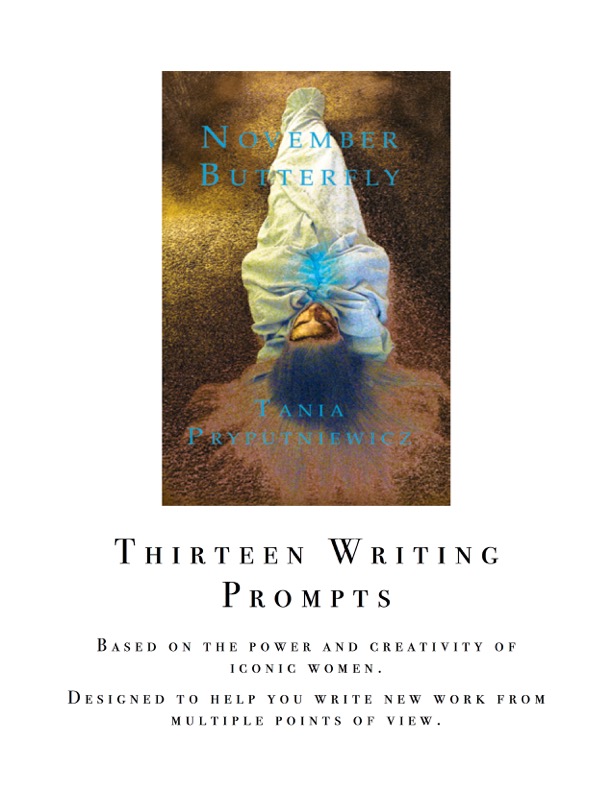
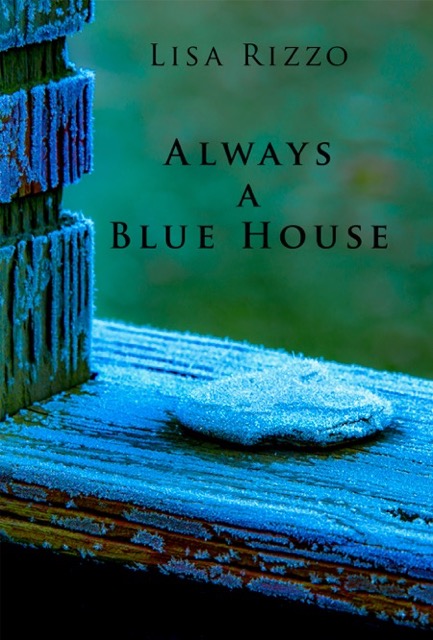
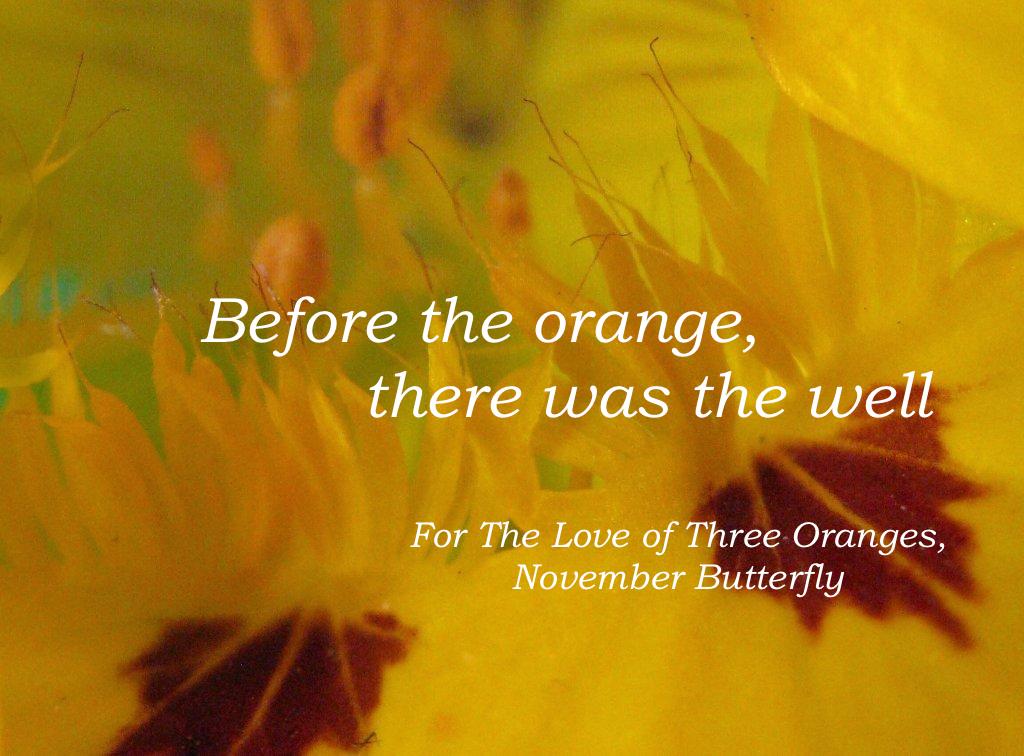

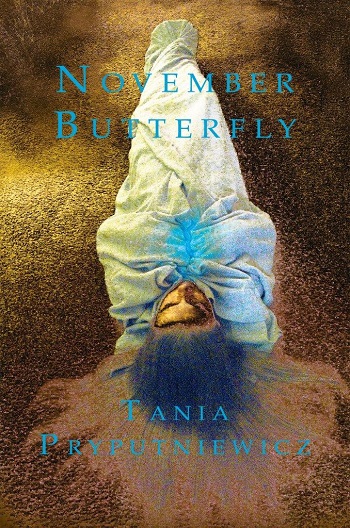
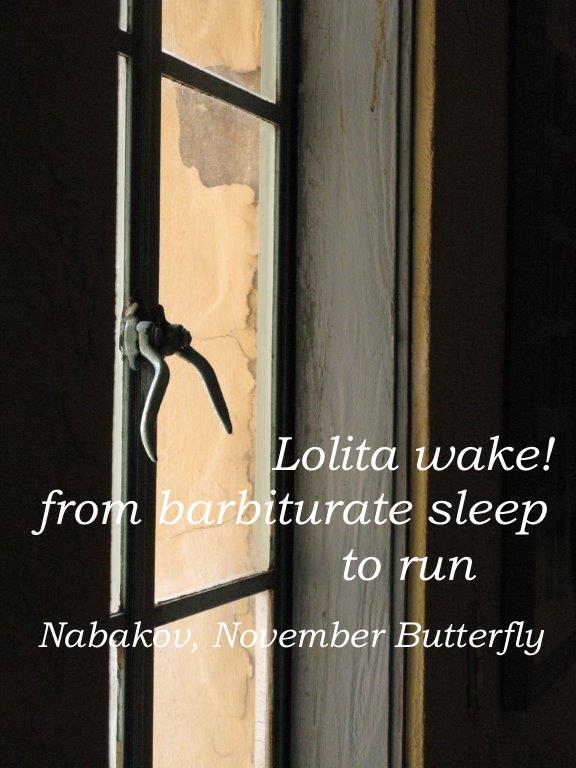
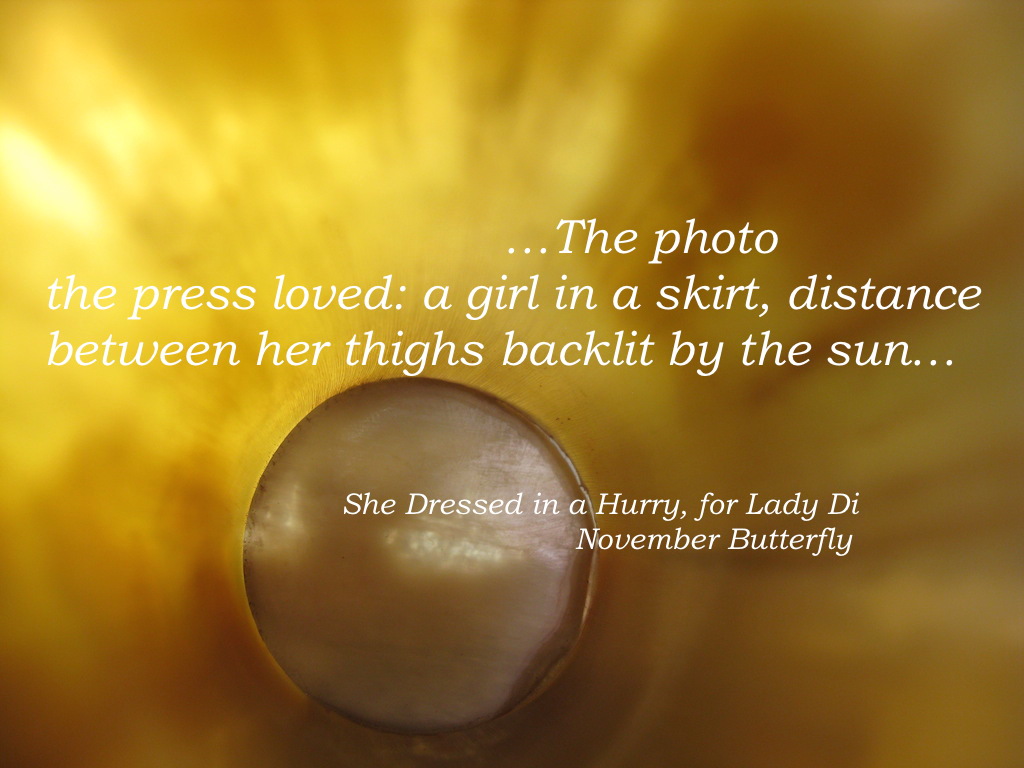
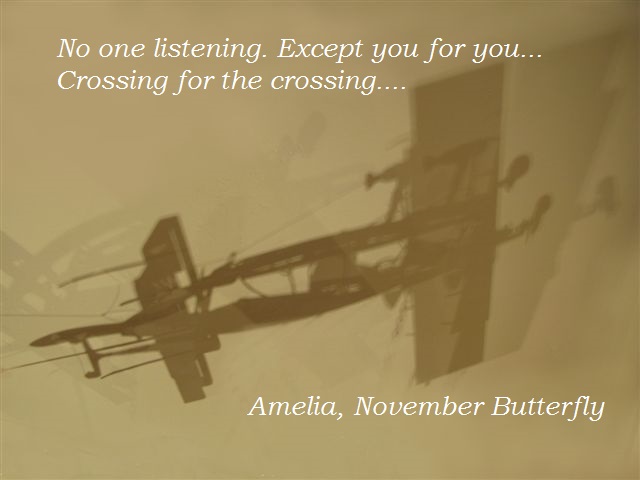
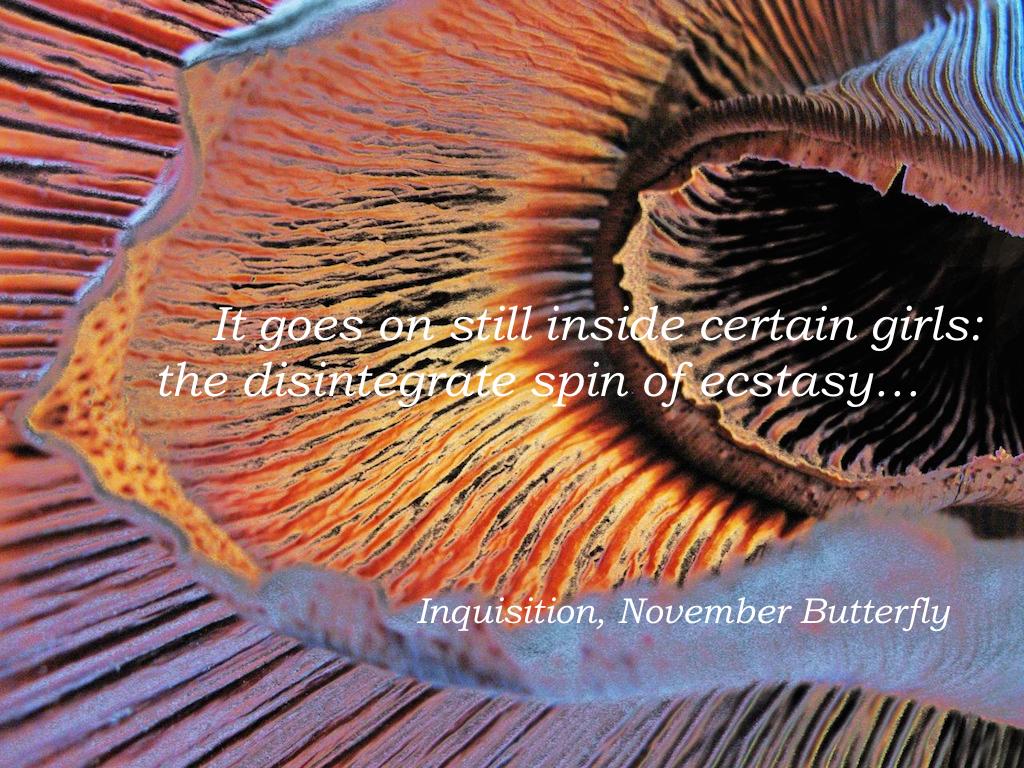
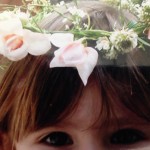

Leave a Reply
Want to join the discussion?Feel free to contribute!